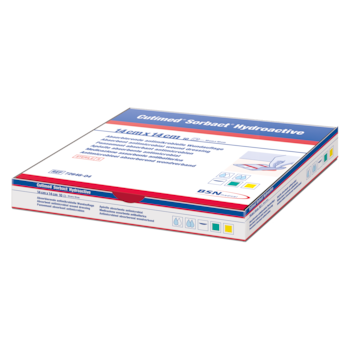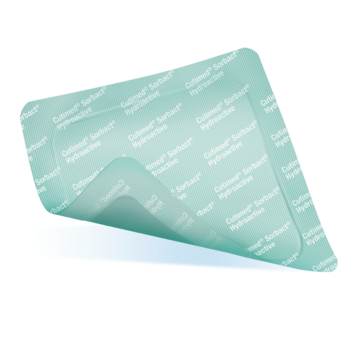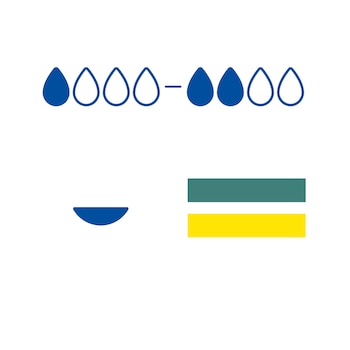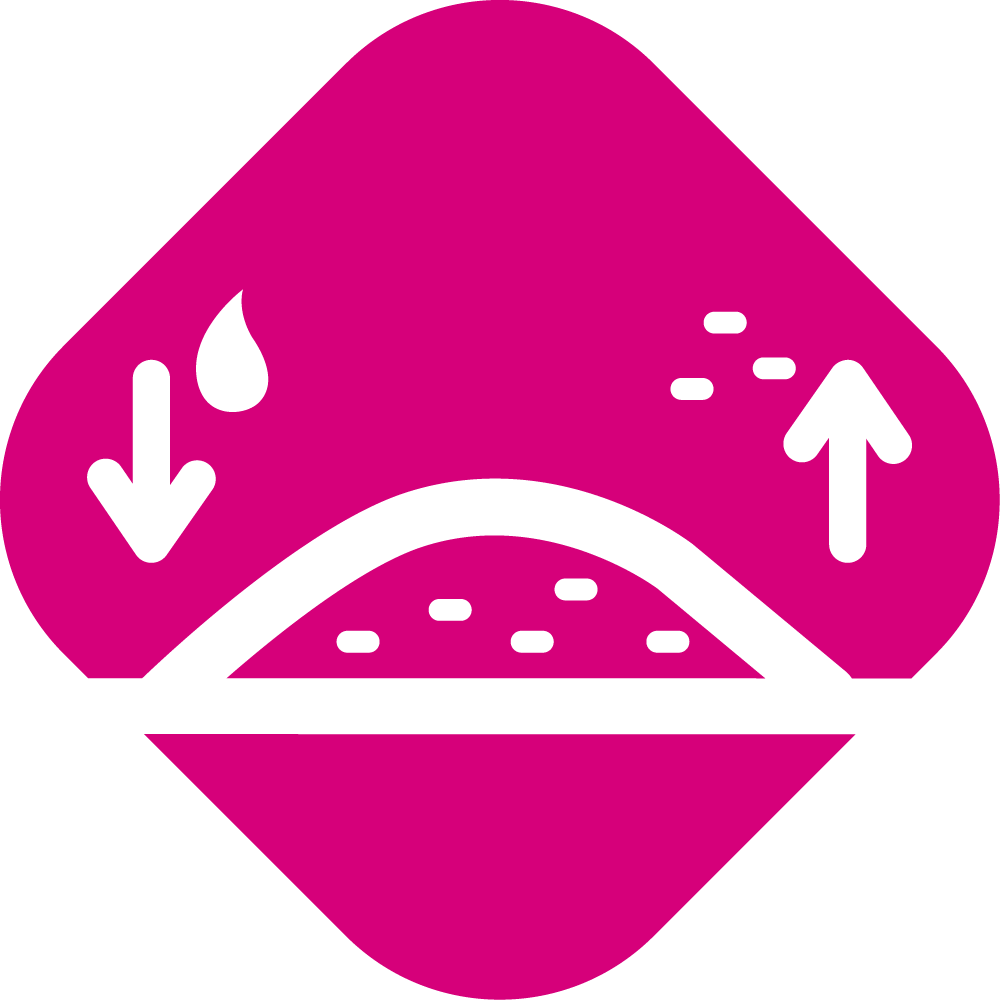1. Clean the wound as usual.
2. Select an appropriate dressing according to wound size. For best results, make sure Cutimed Sorbact Hydroactive overlaps the wound margins by at least 2 cm.
3. Remove the protective film and apply the green plain (unprinted) side of the dressing to the wound.
4. If required, use a bandage for fixation. Cutimed Sorbact Hydroactive is compatible with gauze bandages, elastic gauze bandages, transparent film dressing and tapes for border fixation.
5. Cutimed Sorbact Hydroactive should be changed as often as dictated by the wound condition. As with all absorbent dressings, monitoring is required to ensure the dressing does not dry out and adhere to the wound. The dressing should be changed when it becomes cloudy or opaque from fluid absorption.
6. In wounds that show signs of clinical infection, a more frequent wound inspection is advised. In these cases, an appropriate systemic treatment should be considered.
For detailed product information, including indications for use, contraindications, precautions and warnings, please consult the product’s Instructions for Use (IFU).















